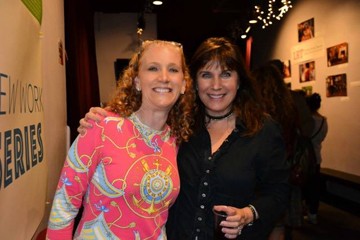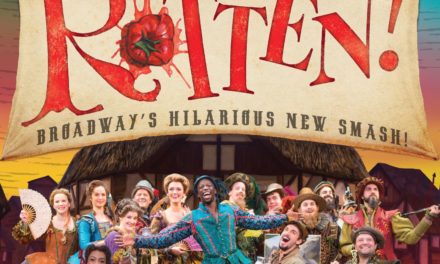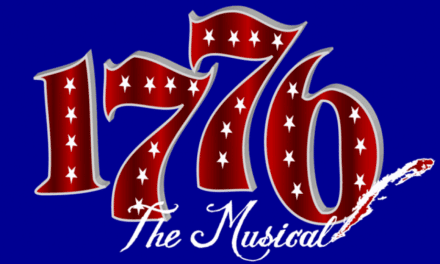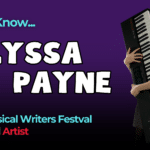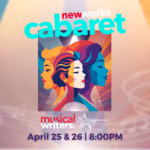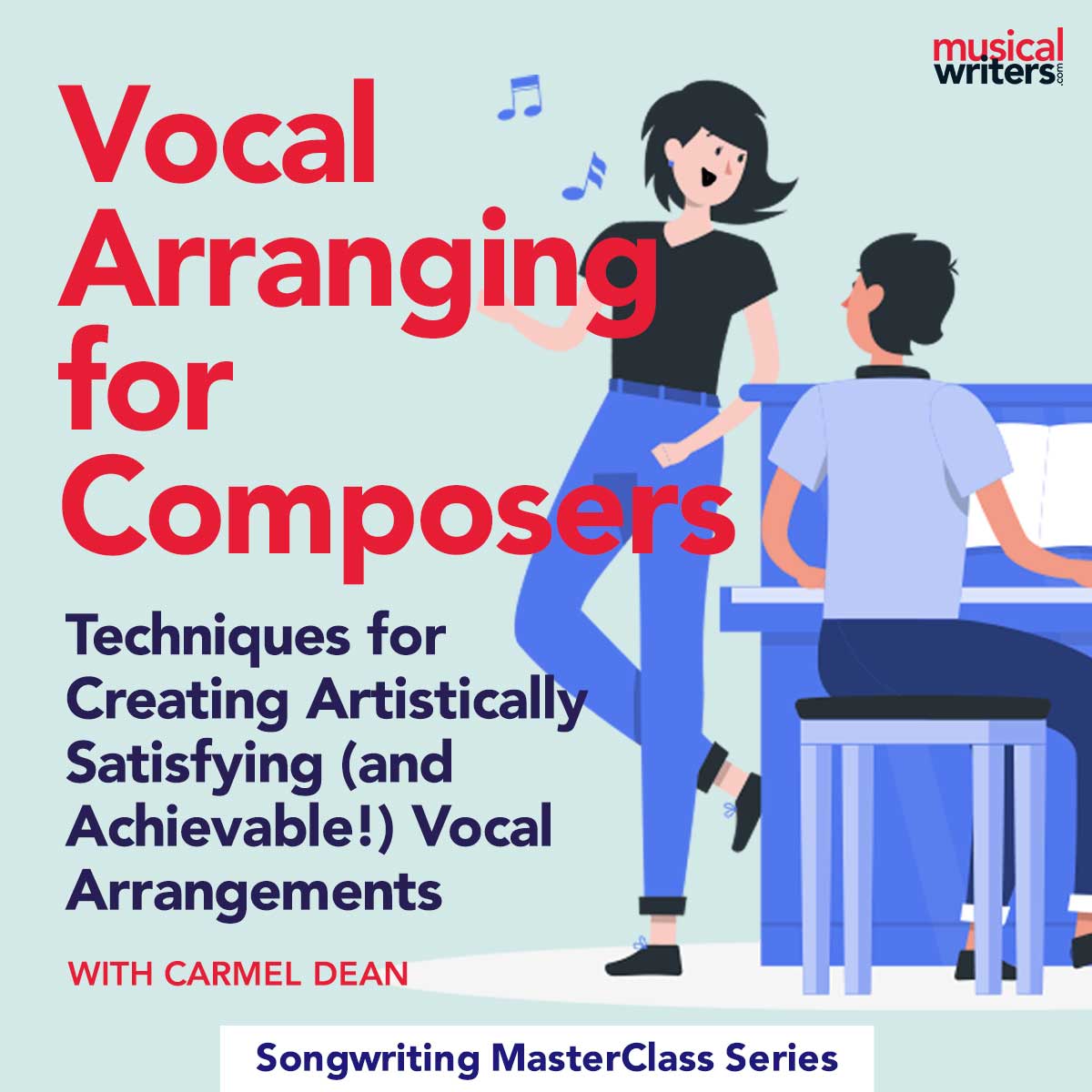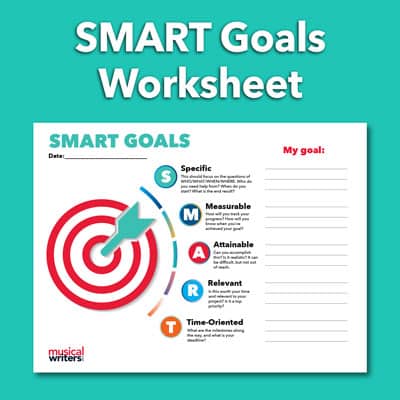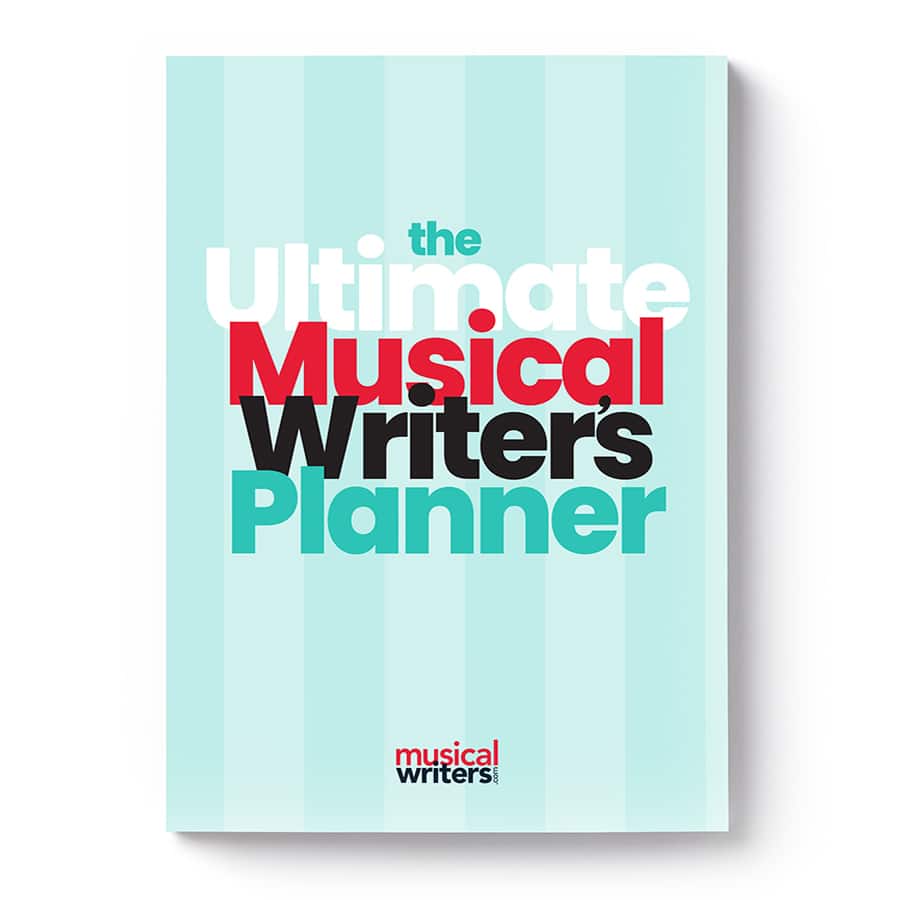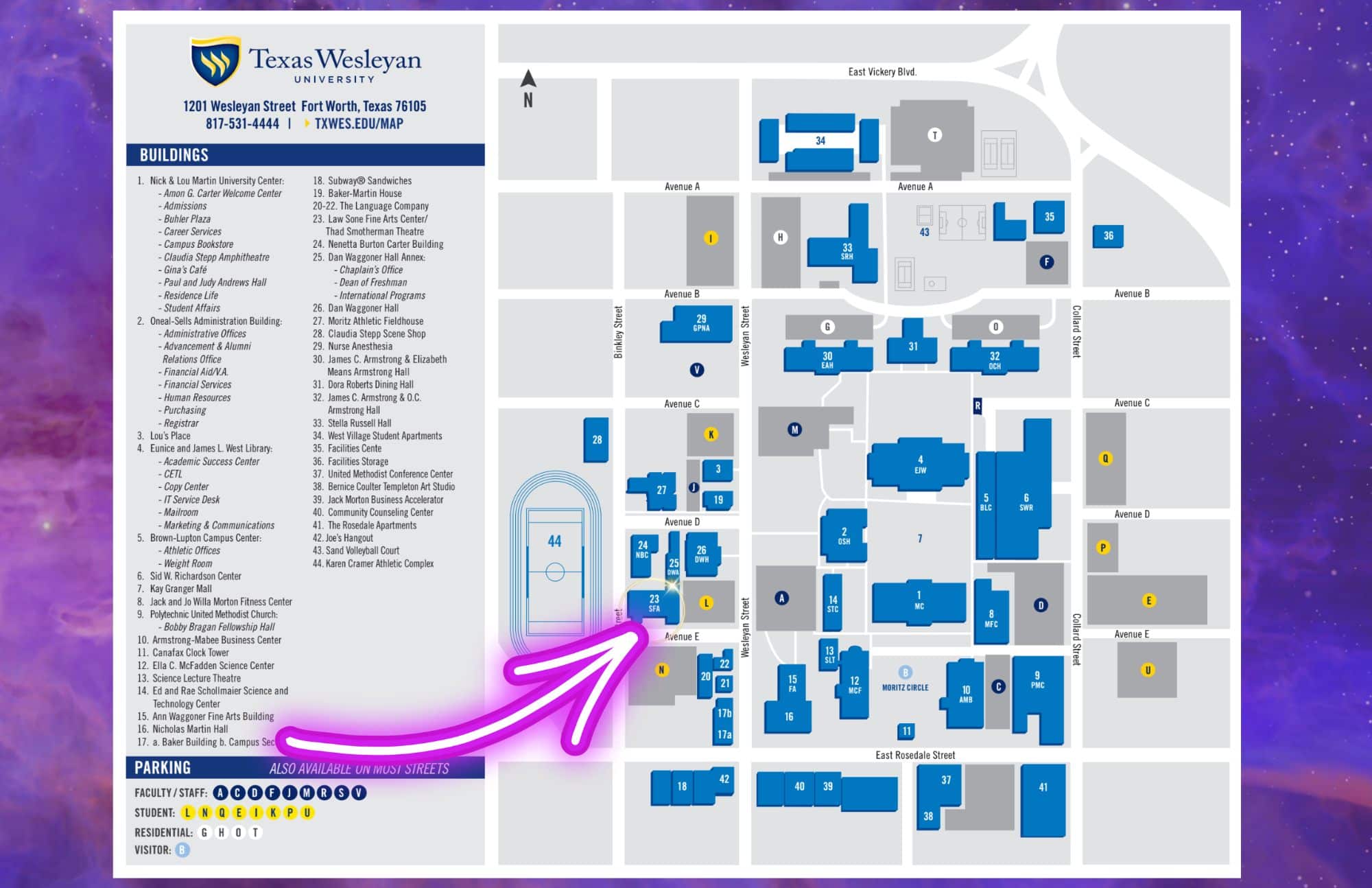When Stephen Schwartz agreed to meet me for an outdoor dinner to discuss the treatment of time in musicals, I thought the Horse & Hound Inn of South Salem, New York, might be a good setting. The former stagecoach stop that predates the American Revolutionary War remains open today as a restaurant. For a moment I imagined myself riding a horse for the rendezvous—it would have taken me about five hours. Stephen lives closer so could have trotted over in minutes, though that September day he drove his Hyundai hybrid and I my Toyota Corolla.
I had easily compressed my journey using a modern vehicle, but for musical bookwriters and lyricists, reducing a story journey is often challenging. Musical makers face many questions about how to set up time, like how much should I dip into the character backstories? How far forward in time should I let the story advance? How can I compress the characters’ experiences into brief song moments?
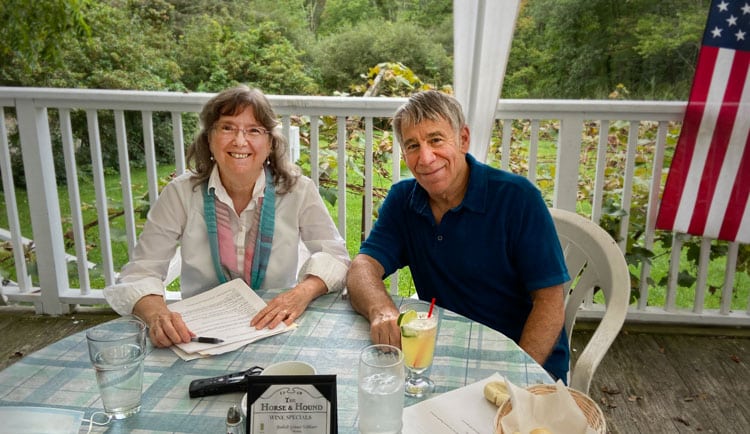
While sitting at a patio table covered in an oddly out-of-sync vinyl tablecloth, Stephen and I explored some of these questions.
The following discussion has been edited for clarity.
I made a grand entry to our talk time by quoting his lyric from “With You” from Pippin:
Carol de Giere: “Time weaves ribbons of memory.” It’s very poetic, though I’m not sure what it means.
Stephen Schwartz: Nor am I! [We both chuckle.] It just means over time we remember things, basically. We have memories. It’s a poetic way of saying it.
CD: It seems to me that time is a big part of musical writing. It’s like a tapestry that you weave, or maybe it’s a ruler that everything gets measured against. It’s part of story structure—would you agree with that?
SS: I think that is accurate. Musicals employ devices that play with time; that compress it so that a lot of storytelling happens in an artificially brief period of time. But musicals also have characters stopping to sing a song, and that expands time. It takes what would be a moment in a play and stretches it out for 3 ½ minutes or however long it is.
I think compression is a characteristic of musical theatre that you don’t really see in opera. In opera everything is stretched out for the time it takes to sing it. Straight plays tend to take place more in actual time. Things may jump, but within the scene or act you don’t have the kind of time compression or the stretching of time—it’s not as malleable as it is in musicals.
“Musicals employ devices that play with time; that compress it so that a lot of storytelling happens in an artificially brief period of time. But musicals also have characters stopping to sing a song, and that expands time. It takes what would be a moment in a play and stretches it out for 3 ½ minutes or however long it is.”
—Stephen Schwartz
Leaping Through Time
As we continued speaking about time flow on the musical stage, I brought up a discussion we had years ago as he and Winnie Holzman were finishing Wicked. The way the audience experiences Elphaba’s story meant they skip her childhood and leap ahead from her birth as a green baby in Oz directly to her entry to Shiz University. This is just before she sings “The Wizard and I.” It’s a subtle point, but a leap makes a difference for the audience engaging their imagination to fill things in, and therefore being more involved in the story.
Carol de Giere: Years ago, you mentioned how in the early days of television and movies, there were fewer jumps in stories than there are today. I’ve noticed this on some of the old detective shows.
Stephen Schwartz: You used to have to see a character get into the car, they have to drive, they have to get out of the car, go in the door – all these little real time events that contemporary movies no longer bother with because audiences don’t need them to follow the story.
CD: The modern audiences can just leap. You said it makes us participate in the storytelling. If there’s a leap, the writers stay a little ahead of the audience.
SS: Yeah, the audience has to catch up. You never want the audience to be ahead of you. And that’s the famous story about “The Wizard and I” and why the previous “I want” song, “Making Good,” was not working—the audience was ahead of us. I can’t even quite define why, I knew Scott was right. [Scott Schwartz had said you don’t need for Elphaba to get on a train and sing a song about her dreams for the future, which is what was happening for “Making Good.”]
With “The Wizard and I” we are ahead of the audience but not so much ahead that they get lost. Writers don’t want to be so much ahead of the audience that people are saying, ‘wait, what? How did that happen? You want them to be always catching up a little bit to you. That has to do with the element of surprise, of course, but it also has to do with having the audience’s imagination involved with the storytelling.
CD: You said you can’t take the audience from A to M, but it’s okay if you go A to C and they will know.
SS: That’s right. The audience will supply B. They may even supply B and C. But they are probably not going to supply everything between A and M.
Stephen Schwartz on the evolution of “The Wizard and I”
Listen to the full, original “Making Good” sung by Stephanie J. Block on Youtube here.
Backstory
One of the time-related questions in creating a story is how to draw in the background information for the characters or events of the past that might bear on the period of time selected for the piece.
Carol de Giere: I’m looking for principles if there can be such a thing. When you’re sitting down to write a musical is it a good idea to cover backstory in a song?
Stephen Schwartz: It’s always about: what does the audience need to know for you to be able to tell your story? In some cases you don’t need any backstory at all. In other cases, it’s important to provide it. Wicked is a good example, where there’s a little bit of backstory that the audience has to know in order for the whole story to make sense, but we didn’t want to begin the show with it in a chronological way. So we had to figure out how to impart the information without being too expository, and we used the device of Glinda telling it to a crowd of Ozians.
Those familiar with Wicked know the show begins and ends with the celebration of the demise of the supposedly Wicked Witch of the West. Schwartz and Holzman used the opening number “No One Mourns the Wicked” to orient the audience to where they are in relation to The Wizard of Oz story and the unique story of the show based on Gregory Maguire’s novel.
Compression Montages: “Dancing Through Life” and “Topsy Turvy”
I wanted to explore further how musicals compact their stories. I had noticed a few tricks that musical writers share with filmmakers—the use of montages. In romantic comedy movies, for example, there is usually a montage of short scenes with the newly formed couple having fun together, enjoying each other’s company in different settings. Do musical writers keep montages in mind?
Carol de Giere: You’ve said “‘Dancing Through Life’ is an organizational device to tell the plot in a compressed way.”
Stephen Schwartz: That is exactly it. In your book, Defying Gravity, there’s the story of the creation of “Dancing Through Life” (and the previous song in that spot, “Which Way’s the Party?”). The events it encompasses took pages and pages of scenes and other songs. There were like three or four songs in the early drafts of the show. When Winnie and I were first working on the show, we would get to the middle of the first act and it was just this big endless lump of story and plot, and we had to get all that in there.
“Dancing Through Life” is all meeting new characters and setting up relationships, until the very end of it when the big incident happens and Elphaba’s and Glinda’s relationship changes. Here’s what happens in “Dancing Through Life” if you think about it:
-
- We meet a major new character, Fiyero
- We learn about the relationship between Boq and Glinda (Galinda)—it starts right before the song and then is amplified during the song
- Boq gets together with Nessarose
- Elphaba’s attitude changes towards Glinda
- Glinda plays a very mean trick on Elphaba
- Madame Morrible gives Glinda what she wants and Glinda realizes that Elphaba has done her a great favor
- Nessarose falls completely and obsessively in love with Boq
- Glinda changes her entire way of behavior toward the popular girls and sides with Elphaba and brings Elphaba the acceptance from the other students she has been wanting.
All of that happens in one number that lasts about 6 or 7 minutes. It’s so much plot! It’s kind of amazing.
CD: It is. It couldn’t have happened in a play like that.
SS: No, I mean I guess you could do short little scenes, but it would feel very bitsy-piece-y and disjointed. What makes it work is that the musicalization makes it feel like all one song.
CD: You’ve said that’s what “Topsy Turvy” from Disney’s The Hunchback of Notre Dame is also. How is that?
SS: “Topsy Turvy” is another one. Think about what’s happening in “Topsy Turvy.” You’re meeting Esmeralda, and you’re meeting Phoebis, and you’re establishing the fact that three men fall in love with Esmeralda. All of the plot that is going to play out for the rest of the show is essentially set up in “Topsy Turvy.” That’s one of the ways you can compress time in a musical to tell a story that would take much longer in a play.
Another song that brilliantly compresses time is “A Weekend in the Country” from A Little Night Music. That’s one of the best examples of time compression I think in musical theatre history. And apparently that was a really long and boring scene through most of rehearsals. I have read that Hal Prince was getting quite annoyed and anxious, and one day Steve Sondheim came in and said, ‘here’s the end of the first act.’ And all of this long boring scene became a delightful song.
Memory Song
A “memory song” is just what you’d expect—a song that includes recollections of the past. It’s a way of folding over the tapestry of time to step outside the moment. When memory songs wrap in bits and pieces from a character’s previous experiences, they help layer in more emotion.
As I started talking about them at the Horse and Hound, Stephen called several to mind right away. In his own work he thought of “Close to Home,” from Children of Eden but also others.
Stephen Schwartz: The mother in Sunday in the Park with George when she sings a song called “Changing” and it ends with her saying, “Oh George, how I long for the old view”—that’s a memory song. “Liaisons” in A Little Night Music is a memory song. In fact, Steve Sondheim frequently writes memory songs.
Carol de Giere: And there’s one in Gigi.
SS: In fact, it’s called “I Remember It Well.” That may be the best memory song of all time, because one of the characters doesn’t remember anything accurately, and yet he does emotionally. He remembers how he felt, he just doesn’t remember any of the specifics. And it has that beautiful line in it, the joke is cleverly played over and over about how he’s forgotten everything and finally he asks “Am I getting old?” And she says, “Oh no, not you.” So lovely. That’s really good writing.
CD: It’s quite relevant for us (now that we’re both senior citizens).
SS: It certainly feels relevant for me now, [we’re laughing] but I was touched by the song even when it wasn’t. But you’re right that “The Memory Song” is a category that has gone undefined, at least as far as I know, but it definitely shows up in many musicals. Not all musicals have a memory song but many of them do.
CD: Why do you think they work? I’m hypothesizing that maybe it covers some backstory that you don’t know. In The King and I, you don’t know how Anna felt about her husband before she sings “Hello Young Lovers.”
SS: In “Hello Young Lovers,” the part that is particularly a memory song is the intro, which I think is the best intro ever written for a musical theatre song. She sings: “When I think of Tom I think about a night…” Musically it’s absolutely gorgeous. But yes, what’s so effective about it is it evokes in us our own nostalgia for a love that is no longer there. It’s very powerful.
CD: I think it’s an important song for us understanding that character in that musical, don’t you?
SS: You could tell the story without it.
CD: But you wouldn’t feel it, because when she starts falling for the king,
SS: That’s true, you need to know that Anna’s had a prior relationship. You don’t want the audience to be wondering, ‘Wait a minute, why isn’t she there with a husband of her own, and how did she get this kid’ and all that. It does answer that. But I guess what I’m saying is that it’s not intrinsic to the storytelling but it enriches the emotion, and I think that’s what you put your finger on about defining “The Memory Song.” I think it’s a very interesting category.
Lehman Engel defined the “I Want” song and the Charm song, but I hadn’t ever really seen the Memory Song defined. And there are a lot of them.
If you think about it, in a certain way “Roses Turn” (Gypsy) and “No Good Deed” (Wicked) are memory songs, because both of them are looking back at what’s happened and having an angry reaction to it. Well 2/3rds of “Roses Turn” is a memory song and then she says—and thus from now on, starting now, it’s going to be my turn. But first she defines what that’s in contrast to, and “No Good Deed” does that same thing. When Elphaba starts singing, she’s looking back on the choices she’s made and how disastrous they have proven, and then at the very end she says, “All right enough, so be it” and she changes course. But most of the song has been a memory song.
CD: But first she’s trying to save Fiyero…
SS: Well, it starts with her trying to save Fiyero, but that’s the intro. Once she gets to “One more disaster I can add to my generous supply,” now she’s in memory and looking back at how everything has gone wrong. And then she makes a decision that she’s going to change.
By now we’ve long since paid for the dinner, it’s nearly dark, and we need to use some horsepower to return to our separate homes, where in 2021 we can stream TV shows or Netflix movies into the night. Perhaps someday one of those streams will be the Wicked movie and when “Dancing Through Life” comes up, we will enjoy how the movie cleverly compacts the storytelling in its own way, and in “No Good Deed” we’ll appreciate Elphaba’s memories.
Further reading:
SEE ALSO: How Musicals Make the Most of Time: On Montages, Backstories, Memories, and Ticking Clocks for more examples from the world of musical theatre.
For more insight into Stephen’s writing process, check out these articles here on MW, or read Carol’s book “Defying Gravity: The Creative Career of Stephen Schwartz, from Godspell to Wicked.”
[icon name=”fa-question-square” class=”icon-1.5x”] What are your favorite examples of how musicals make the most of time? Comment below!


